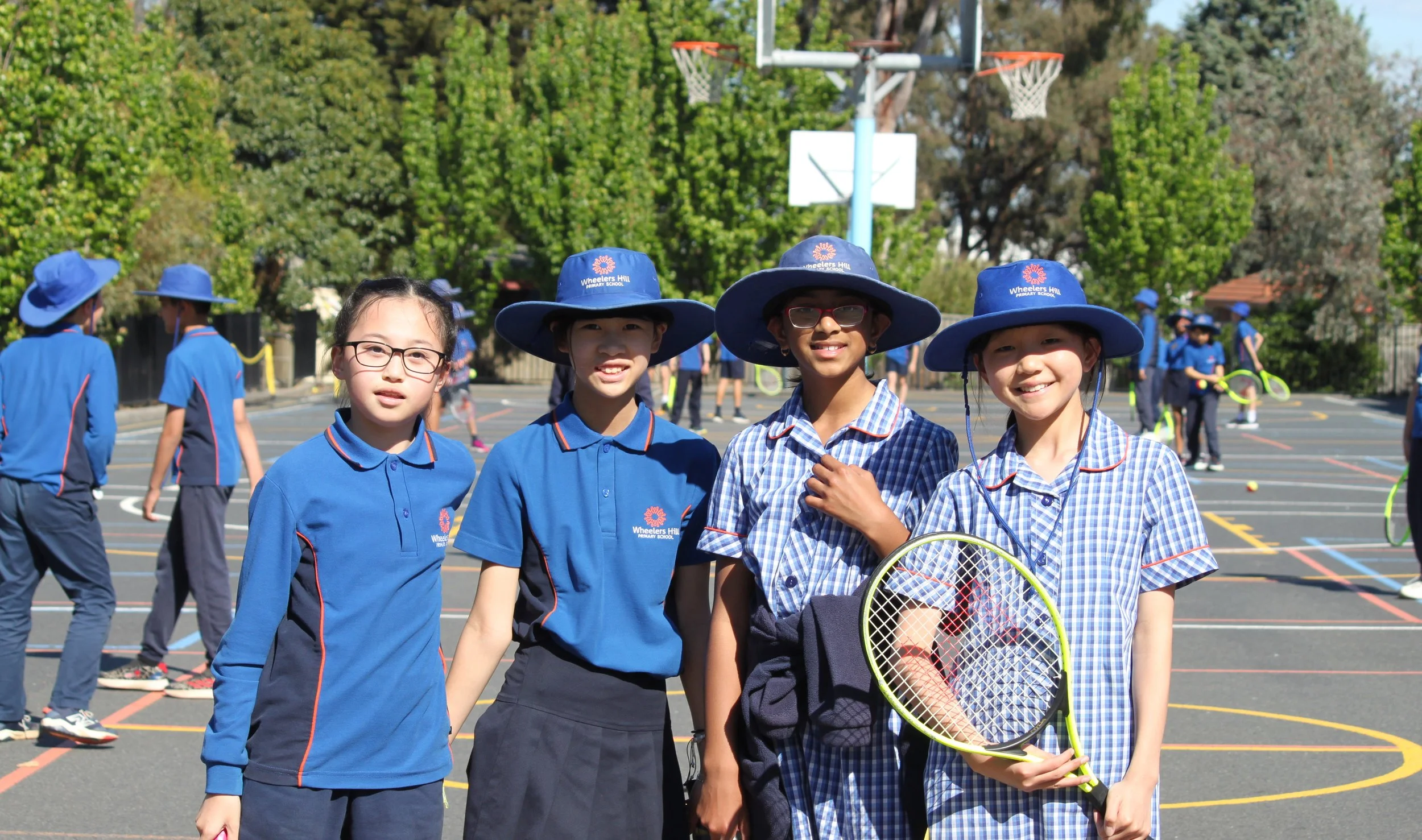School-Wide Positive Behaviour Support (SWPBS)
School-wide positive behaviour support (SWPBS) is a framework that brings our school community together to develop a positive, safe and supportive learning culture.
SWPBS is an evidence based framework which is used in schools worldwide. When implemented well, teachers and students have more time to focus on relationships and classroom instruction. Staff and students benefit from:
Increased respectful and positive behaviour
Increased time focused on instruction
Improved social and emotional wellbeing
Positive and respectful relationships among students and staff
A predictable learning environment
WHPS has developed a Positive Behaviour Expectations matrix which is displayed prominently throughout the school. This matrix clearly states the behaviours we expect of our students in all settings within the school. The behaviour expectations have been grouped in accordance to our school values of Acceptance/Respect, Honesty/Responsibility and Resilience.
Class teachers explicitly teach the positive behaviour expectations just as we explicitly teach academics. Mistakes in behaviour are treated as learning opportunities, much as mistakes in learning are treated as learning opportunities. Students who display the positive behaviours are acknowledged through the awarding of coloured tokens. The colour of the token reflects the value under which the behaviour falls. For example, if a student demonstrates resilience, they will receive a green token. Students use their tokens to vote for a whole-school reward to be received at the end of each term.
We have also developed a list of Major and Minor behaviours. Students are taught that if they display a Major behaviour, it will be recorded and they will be sent to a member of school leadership to resolve or manage the issue.
Common understandings and expectations across the school are essential to ensure consistency between year levels. Our ‘Is It Bullying?’ poster is displayed in every learning area and is used regularly by teachers to ensure students have a clear understanding of what constitutes ‘bullying’ behaviour.
Restorative Practices
Restorative Practice is a strategy that seeks to repair relationships that have been damaged, including those damaged through bullying. It does this by bringing about a sense of remorse and restorative actions on the part of the offender and forgiveness by the victim.
The rationale behind this approach is that when offenders reflect upon their harm to victims:
a. They become remorseful and act restoratively
b. Staff can focus on the unacceptable behaviour of offenders rather than their moral character
c. This can lead to healthier interpersonal relationships among students, and more effective learning.
At WHPS we follow a predetermined script when dealing with conflict between students. This script guides the parties to come to an agreement about what actions must be undertaken to restore the relationship. The offender is guided to consider the effect of their actions upon others and the victim is given the opportunity to explain the impact the offender’s behaviour has had on them. The victim also has a say in the consequences handed to the offender, which quite often, is simply to ask for an apology.





![organiser_logo_1_5_1_1_1[1].jpg](https://images.squarespace-cdn.com/content/v1/58acc3a559cc680d45f8c059/1493293523812-D7FLNXCRXS71FFA27M4L/organiser_logo_1_5_1_1_1%5B1%5D.jpg)
![educationstate[1].png](https://images.squarespace-cdn.com/content/v1/58acc3a559cc680d45f8c059/1493294103416-050J2Y7APNUPSGC4L071/educationstate%5B1%5D.png)

